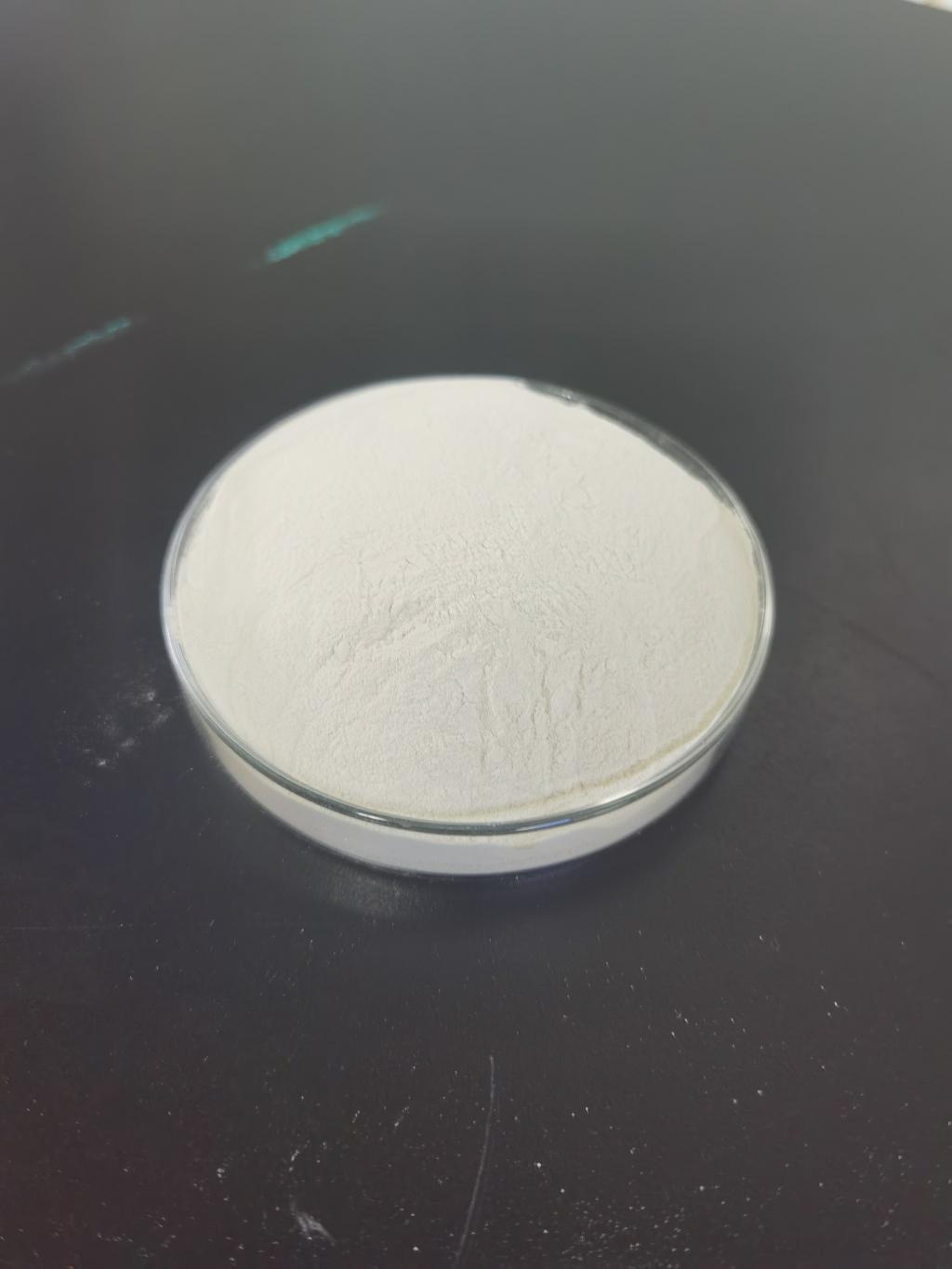Tel:+8618231198596

News
 CONTACT
CONTACT
 CONTACT
CONTACT
- Linkman:Linda Yao
- Tel: +8618231198596
- Email:linda.yao@dcpharma.cn
- Linkman:CHARLES.WANG
- Department:Overseas
- Tel: 0086 0311-85537378 0086 0311-85539701
News
Nisin's role in post-harvest treatment helps maintain the integrity of fresh produce.
TIME:2024-03-29
Understanding Nisin:
Nisin is a polycyclic antibacterial peptide produced by certain strains of the bacterium Lactococcus lactis. Discovered nearly a century ago, nisin has been extensively studied for its potent antimicrobial properties and its safety for human consumption. Initially utilized as a food preservative, its applications have expanded to various sectors, including post-harvest treatment in agriculture.
Mechanism of Action:
Nisin exerts its antimicrobial activity primarily by disrupting the cell membrane integrity of susceptible bacteria. Upon contact, nisin molecules penetrate bacterial cell membranes, leading to pore formation and leakage of intracellular contents, ultimately causing cell death. This mechanism distinguishes nisin from traditional chemical preservatives and antibiotics, making it effective against a broad spectrum of bacteria, including many foodborne pathogens and spoilage organisms.
Application in Post-Harvest Treatment:
In post-harvest handling, maintaining the quality and freshness of perishable produce is paramount. Nisin offers a natural and sustainable solution to mitigate microbial spoilage and extend the shelf life of fruits and vegetables. The application of nisin-based treatments can be integrated into various post-harvest practices, including:
Surface Treatments: Nisin solutions or coatings can be applied directly onto the surface of fruits and vegetables to inhibit microbial growth and reduce surface contamination. These treatments are particularly effective in preventing spoilage caused by common bacterial pathogens such as Pseudomonas spp. and Erwinia spp.
Packaging Films: Incorporating nisin into biodegradable packaging films or edible coatings offers a dual-purpose approach to extend shelf life and enhance microbial safety. These films create a protective barrier against external contaminants while releasing nisin gradually to inhibit microbial proliferation within packaged produce.
Cold Storage Solutions: Nisin can be combined with other post-harvest technologies such as cold storage or modified atmosphere packaging to synergistically enhance preservation effects. The combination of low temperatures and nisin treatment can effectively control microbial growth and delay senescence-related processes in stored produce.
Benefits of Nisin in Post-Harvest Treatment:
Extended Shelf Life: Nisin-based treatments inhibit the growth of spoilage microorganisms, thereby extending the shelf life of fresh produce and reducing losses along the supply chain.
Preservation of Quality: By minimizing microbial spoilage, nisin helps preserve the sensory attributes, nutritional quality, and marketability of fruits and vegetables, enhancing consumer satisfaction and reducing waste.
Reduced Chemical Residues: Compared to synthetic preservatives, nisin is a natural antimicrobial agent with a favorable safety profile, minimizing concerns regarding chemical residues in treated produce and environmental contamination.
Compatibility with Organic Production: Nisin's status as a natural compound aligns with the principles of organic agriculture, making it suitable for use in organic post-harvest management practices.
Potential for Reduced Food Waste: By prolonging the shelf life of perishable produce, nisin-based treatments contribute to the reduction of food waste at both the consumer and commercial levels, thereby promoting resource efficiency and sustainability.
Challenges and Considerations:
Despite its potential benefits, the widespread adoption of nisin in post-harvest treatment faces several challenges and considerations:
Regulatory Approval: Regulatory requirements governing the use of nisin in food applications vary across regions, necessitating compliance with safety standards and approval processes to ensure consumer protection and market access.
Cost and Accessibility: The cost of nisin-based treatments, including formulation development, application equipment, and regulatory compliance, may pose barriers to adoption, particularly for small-scale producers and developing countries.
Efficacy in Complex Systems: The efficacy of nisin treatments can be influenced by various factors, including produce type, microbial load, environmental conditions, and storage practices, necessitating tailored approaches and optimization for specific applications.
Consumer Acceptance: Public perception and acceptance of nisin-treated produce, particularly regarding labeling and transparency, may influence consumer purchasing decisions and market demand.
Future Directions:
To realize the full potential of nisin in post-harvest treatment and address existing challenges, future research and development efforts should focus on:
Optimization of Formulations: Developing novel formulations and delivery systems to enhance the stability, efficacy, and compatibility of nisin with different types of fresh produce and post-harvest conditions.
Integration with Emerging Technologies: Exploring synergies between nisin and emerging post-harvest technologies such as nanotechnology, ozone treatment, and cold plasma to enhance preservation effects and minimize energy consumption.
Sustainability Assessments: Conducting comprehensive life cycle assessments and environmental impact studies to evaluate the overall sustainability of nisin-based post-harvest treatments and identify opportunities for improvement throughout the supply chain.
Knowledge Transfer and Capacity Building: Facilitating knowledge dissemination, technology transfer, and capacity-building initiatives to empower stakeholders, including farmers, processors, and policymakers, with the necessary skills and resources to adopt nisin-based post-harvest management practices effectively.
Conclusion:
Nisin represents a promising bio-based solution for reducing food spoilage and extending the shelf life of fresh produce in post-harvest handling. Its natural origin, broad-spectrum antimicrobial activity, and compatibility with organic production align with the growing demand for sustainable and safe food preservation methods. As global food systems strive to address the dual challenges of food security and environmental sustainability, the integration of nisin into post-harvest treatment protocols offers a viable pathway to enhance food quality, reduce waste, and promote the resilience and efficiency of agricultural supply chains. Through collaborative research, innovation, and knowledge-sharing efforts, nisin can contribute significantly to building a more sustainable and resilient food future for generations to come.
- Tel:+8618231198596
- Whatsapp:18231198596
- Chat With Skype







